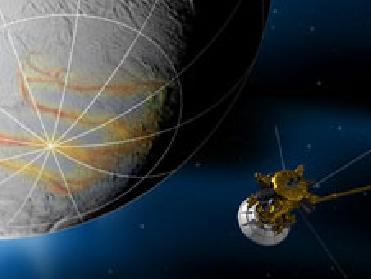
NEW YORK (BNS): The Cassini spacecraft began sending data to Earth following a close flyby of Saturn's moon Enceladus shortly after 9.03 pm Pacific Time on Monday. The Cassini successfully passed 50km (30 miles) from the surface of the tiny moon.
Deep Space Network station in Canberra, Australia, picked up Cassini's signal and transmitted it to the Cassini�s mission control at NASA's Jet Propulsion Laboratory (JPL) in Pasadena, California.
Cassini team chief at JPL, Julie Webster, said, "We are happy to report that Cassini's begun sending data home. And the downlink will continue through the night and into tomorrow morning."
The JPL chief said that the closest approach occurred while Cassini was traveling at a swift 17.7 km per second (40,000 miles per hour) relative to Enceladus. Giving details about the flyby, the chief said that Cassini focused its cameras and other remote sensing instruments on Enceladus with an emphasis on the moon's South Pole where parallel stripes or fissures dubbed "tiger stripes" line the region. �That area is of particular interest because geysers of water ice and vapor jet out of the fissures and supply material to Saturn's E-ring,� the scientist said.
It is believed that with the new data sent by Cassini, scientists hope to learn more about the fissures and whether liquid water is indeed the engine powering the geysers.
Another scientist of JPL, Bob Pappalardo said, �There is a lot of anticipation and excitement about what today's flyby might reveal. Over the next few days and weeks, the Cassini teams will be analyzing the photos and other data to tease out new clues about this tiny, active world."
According to JPL there is a plan for two more Enceladus flybys for October. The first one is expected to cut Monday's flyby distance to half and bring the spacecraft to a remarkable 25 km (16 miles) from the surface. Scientists say that Enceladus measures about 500 km (310 miles) in diameter--just one-seventh the diameter of Earth's moon.
The Cassini-Huygens mission is a joint cooperative project of NASA, European Space Agency and Italian Space Agency. They also manage the Cassini orbiter, which was designed, developed and assembled at JPL, for NASA's Science Mission Directorate.
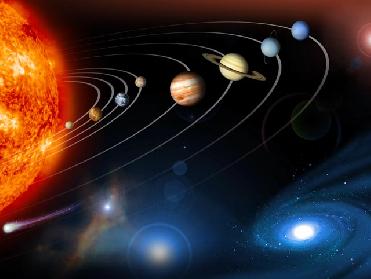 Next Article
Next Article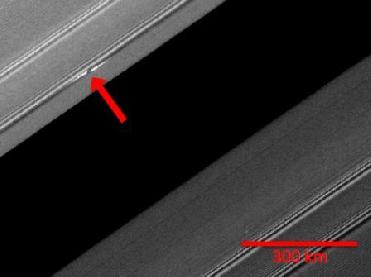
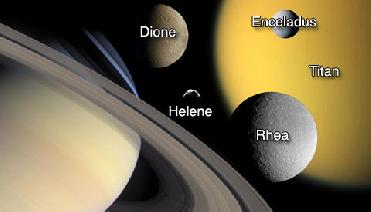
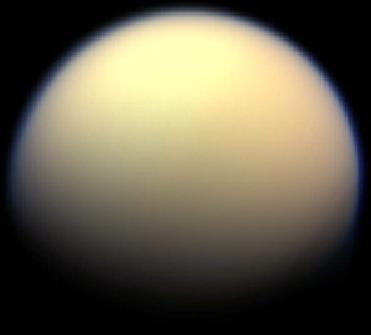
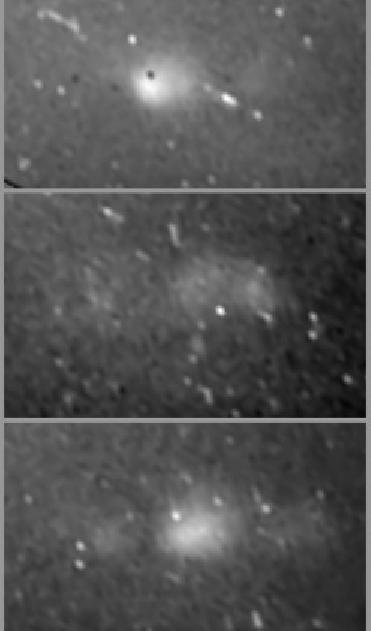









The Indian Air Force, in its flight trials evaluation report submitted before the Defence Ministry l..
view articleAn insight into the Medium Multi-Role Combat Aircraft competition...
view articleSky enthusiasts can now spot the International Space Station (ISS) commanded by Indian-American astr..
view article